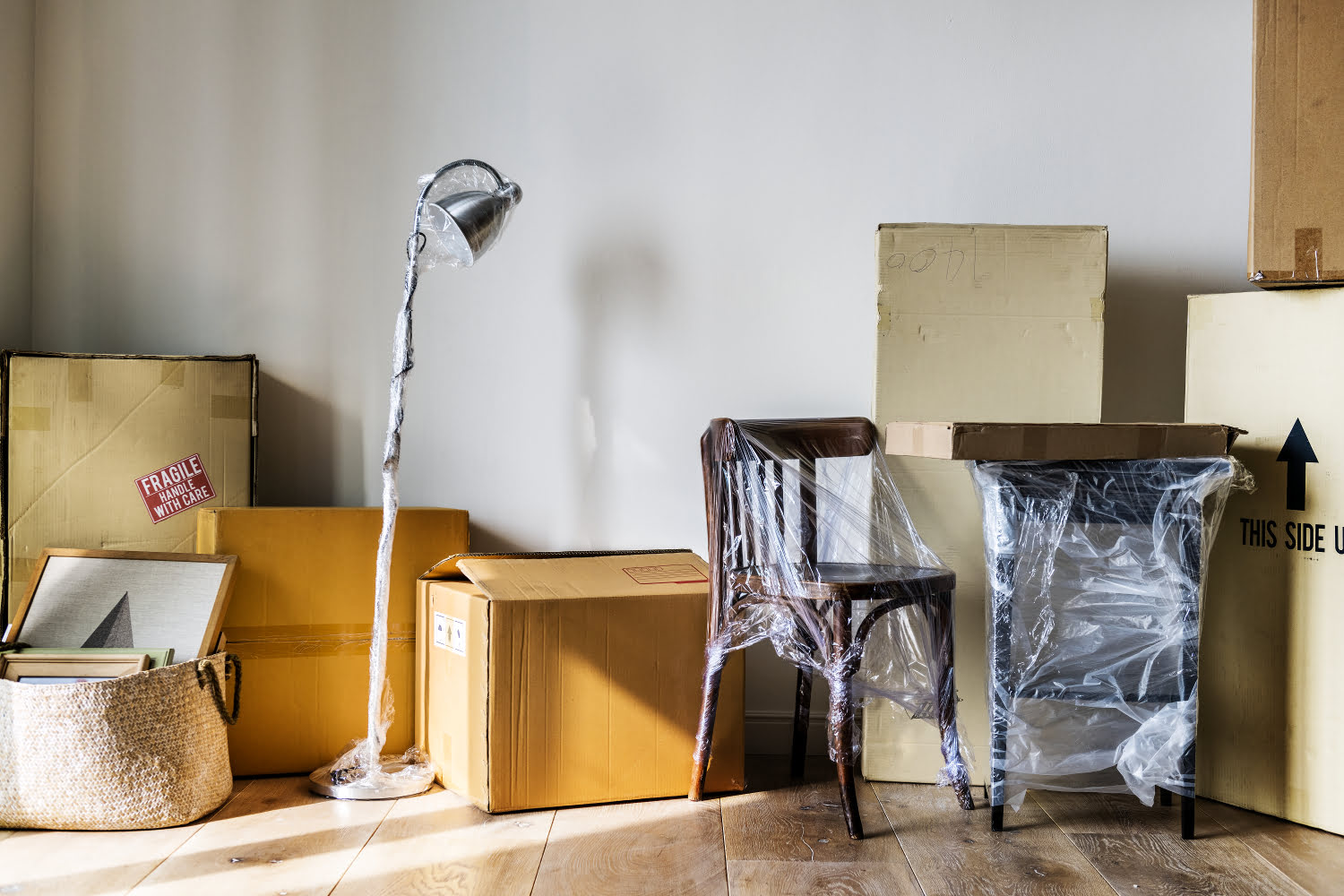

Articles
How To Store Wooden Furniture
Modified: January 18, 2024
Learn how to properly store wooden furniture to ensure its longevity and prevent any damage. Read our informative articles for expert tips and advice.
(Many of the links in this article redirect to a specific reviewed product. Your purchase of these products through affiliate links helps to generate commission for Storables.com, at no extra cost. Learn more)
Introduction
Wooden furniture is a beautiful and timeless addition to any home. Its natural charm and durability make it a popular choice for homeowners around the world. However, proper care and storage are essential to ensure that your wooden furniture remains in excellent condition for years to come.
In this article, we will explore the best practices for storing wooden furniture. From choosing the right location to applying protective finish, we will guide you through the steps necessary to maintain the quality and longevity of your cherished pieces.
Whether you are moving houses, renovating, or simply need to store your furniture seasonally, these tips will help you keep your wooden furniture safe and in optimal condition.
Key Takeaways:
- Proper storage of wooden furniture involves choosing the right location, applying protective finish, and using covers to prevent damage from moisture, sunlight, and mishandling. Regular cleaning and periodic inspections are essential for maintaining its pristine condition.
- Disassembling and storing wooden furniture in a dry, well-ventilated area can save space and protect it from damage. Proper handling and transportation are crucial to ensure its safety and longevity.
Read more: How To Polish Wooden Furniture
Choosing the Right Location
When it comes to storing wooden furniture, the first step is to choose the right location. Ideally, you want to find a space that is dry, well-ventilated, and away from direct sunlight and extreme temperature fluctuations.
Avoid storing your furniture in areas prone to moisture, such as basements or attics, as the dampness can lead to mold and mildew growth, causing irreparable damage to the wood.
It is also essential to consider the size of your furniture and the available storage space. If you have large pieces like dining tables or wardrobes, ensure that the storage area is spacious enough to accommodate them without any risk of damage.
If you are storing multiple pieces of furniture, make sure there is enough space between them to prevent scratching or any potential damage that can occur from items shifting during storage.
Additionally, if you are storing your furniture for an extended period, it’s a good idea to periodically check the storage location to ensure that no pest infestations or other issues have arisen.
By carefully selecting the location for storing your wooden furniture, you can minimize the risk of damage and ensure that your pieces remain in pristine condition.
Cleaning and Dusting
Before storing your wooden furniture, it’s crucial to clean and dust it thoroughly. This step helps remove dirt, debris, and any potential contaminants that may cause damage or discoloration over time.
Start by gently dusting the furniture using a soft cloth or a microfiber duster. Be sure to reach all the nooks and crevices, as dust buildup can lead to scratches or dullness on the surface of the wood.
If there are any stains or spills on the furniture, use a mild soap diluted in warm water to gently clean the affected areas. Avoid using harsh chemicals or abrasive cleaners, as they can strip the wood’s protective finish or cause discoloration.
After cleaning, allow the furniture to dry completely before proceeding to the next step. Moisture trapped in the wood can lead to warping or mold growth.
Once the furniture is dry, you may consider applying a wood cleaner or furniture polish to enhance its shine and provide an extra layer of protection. Be sure to follow the manufacturer’s instructions and test any new product on a small, inconspicuous area before applying it to the entire piece.
Regular dusting and cleaning are also essential during the storage period. Dust particles can accumulate over time, causing a dull appearance and potentially scratching the surface. Make it a habit to dust your stored furniture periodically to maintain its pristine condition.
By taking the time to clean and dust your wooden furniture before storing it, you can preserve its beauty and prevent any potential damage that may occur during the storage period.
Applying Protective Finish
Applying a protective finish to your wooden furniture is an excellent way to safeguard it from environmental factors and maintain its beauty over time. A protective finish creates a barrier that helps minimize scratches, moisture damage, and UV radiation.
Before applying any finish, it’s essential to ensure that the furniture’s surface is clean and free from dust or debris. Follow the cleaning and dusting steps mentioned earlier to prepare your furniture for the protective finish.
There are various types of protective finishes available, such as varnishes, oils, waxes, or polyurethane coatings. The choice of finish depends on your furniture’s specific needs and your desired aesthetic.
If you prefer a natural and matte look, consider using furniture wax or oil-based finishes. These options provide a softer, more organic appearance and enhance the wood’s natural grain.
If you want a glossy and durable finish, polyurethane coatings or varnishes are excellent choices. These finishes create a hard protective layer on the wood’s surface, making it resistant to scratches and moisture.
When applying the protective finish, make sure to follow the manufacturer’s instructions for the best results. Use a high-quality brush or a lint-free cloth to evenly spread the finish on the furniture’s surface.
Allow the finish to dry completely before placing the furniture in storage. This will ensure that the protective layer has fully cured and is ready to guard against any potential damage.
Remember to periodically inspect your furniture during the storage period and reapply the protective finish if necessary. This will help maintain the strength and longevity of the finish and ensure maximum protection for your wooden furniture.
By applying a protective finish to your wooden furniture, you can significantly increase its resistance to wear and tear and preserve its natural beauty for years to come.
Using Furniture Covers or Pads
When it comes to storing wooden furniture, using furniture covers or pads is an effective way to provide an extra layer of protection against dust, scratches, and other potential damage. These protective covers act as a barrier between the furniture and its surrounding environment.
Before covering your furniture, make sure it is clean and dry to prevent trapping any moisture that may lead to mold or mildew growth.
When selecting furniture covers, opt for those made from breathable and non-abrasive materials such as cotton or linen. These materials allow air circulation, preventing the buildup of moisture that can cause damage to the wood.
Ensure that the covers fit the furniture snugly without being too tight or loose. Loose covers may allow dust and dirt to penetrate, while overly tight covers can put unnecessary pressure and cause damage to the furniture.
In addition to covers, consider using pads or blankets to protect the furniture from any potential impact or pressure during storage or transportation. Place pads between stacked items or on surfaces that may come into contact with each other to prevent scratches.
When stacking furniture, be cautious not to overload or place excessive weight on top of delicate pieces, as this can cause warping or other structural damage.
If you are storing your furniture for an extended period, it’s a good idea to periodically inspect the covers and pads for any signs of moisture, pest infestation, or damage. Replace or clean the covers as necessary to ensure continued protection.
Using furniture covers or pads is an easy and practical way to safeguard your wooden furniture during storage, preventing dust, scratches, and other potential damage, and ensuring that your pieces remain in excellent condition.
To store wooden furniture, avoid placing it in direct sunlight or near heat sources to prevent warping or cracking. Use a climate-controlled storage unit if possible to maintain optimal conditions.
Read more: How To Protect Outdoor Wooden Furniture
Avoiding Direct Sunlight and Extreme Temperatures
When storing wooden furniture, it is important to protect it from direct sunlight and extreme temperature fluctuations. Both sunlight and temperature can have detrimental effects on the quality and appearance of wood over time.
Direct sunlight can cause fading and discoloration of the wood’s natural color. The ultraviolet (UV) rays in sunlight can break down the pigments in the wood’s surface, leading to a dull and aged appearance.
To minimize sunlight exposure, place your furniture away from windows or use curtains and blinds to block out the direct sunlight. If it’s not possible to avoid sunlight entirely, consider using UV-protective film on windows to filter out harmful rays.
Extreme temperature fluctuations can cause the wood to expand and contract, leading to cracks and warping. It is crucial to store your furniture in an area with a stable temperature to avoid such damage.
Avoid storing furniture in spaces that are exposed to high levels of heat, such as near radiators, fireplaces, or in attics during the summer months. Similarly, avoid storing furniture in areas prone to extreme cold, such as unheated basements or garages during the winter.
If you live in a location with high humidity levels, consider using a dehumidifier to maintain a stable moisture level in the storage area. Excessive humidity can contribute to mold and mildew growth, causing irreparable damage to the wooden furniture.
By protecting your wooden furniture from direct sunlight and extreme temperatures, you can preserve its original beauty and prolong its lifespan. Shielding it from these environmental factors will help maintain the integrity and quality of the wood over time.
Preventing Moisture Damage
Moisture is one of the biggest threats to the longevity of wooden furniture. Excessive moisture can lead to mold, mildew, warping, and decay, causing irreversible damage to your cherished pieces. It is crucial to take measures to prevent moisture-related issues when storing wooden furniture.
First and foremost, choose a storage location that is dry and well-ventilated. Avoid storage areas that are prone to dampness or have a history of water leaks. Basements, attics, and unheated garages are typically more susceptible to moisture, so it’s best to avoid these spaces.
If you live in a humid climate or are storing your furniture during the summer months, consider investing in a dehumidifier. A dehumidifier will help to control the moisture levels in the storage area, reducing the risk of mold and mildew growth.
When storing your furniture, ensure that it is not in contact with any damp or wet surfaces. Moisture can be absorbed by the wood, leading to swelling, warping, or discoloration. Place a moisture-resistant barrier, such as plastic sheeting or a tarp, between the furniture and the floor to provide an extra layer of protection.
Avoid covering the furniture with plastic wraps or materials that do not allow air circulation. This can trap moisture, promoting the growth of mold and mildew. Instead, use breathable fabrics or specialized furniture covers that allow airflow while still offering protection against dust and debris.
Regularly check the storage area for signs of moisture, such as condensation or musty odors. If you notice any issues, address them promptly by identifying and fixing the source of the moisture or relocating the furniture to a drier space.
By taking preventative measures to protect your furniture from moisture damage, you can safeguard its structural integrity and preserve its beauty for future generations to enjoy.
Handling and Moving Wooden Furniture
Proper handling and moving of wooden furniture are essential to prevent accidental damage. Whether you are preparing to store your furniture or transporting it to a new location, following these guidelines will help ensure its safety:
1. Clear the Pathways: Before moving furniture, clear the pathways to create a clear and unobstructed path. Remove any obstacles or tripping hazards that may cause accidents during the moving process.
2. Enlist Help: Wooden furniture can be heavy and bulky, making it difficult to move alone. Enlist the help of a friend or family member to assist you in lifting and carrying the furniture. This will help distribute the weight and reduce the risk of strain or injury.
3. Use Proper Lifting Techniques: When lifting furniture, bend at your knees and use your leg muscles instead of your back. Keep your back straight and use your arms and legs to lift. Avoid twisting your body while carrying furniture to minimize the risk of injury.
4. Protect the Furniture: To prevent scratches and dents, wrap the furniture in moving blankets or towels. Secure the covering with tape or furniture straps to ensure it stays in place during transportation.
5. Use Furniture Dolly or Sliders: For large and heavy pieces, consider using a furniture dolly or sliders. These tools make it easier to maneuver the furniture, especially on uneven surfaces or across long distances.
6. Take Apart if Possible: If the furniture is modular or can be disassembled, take it apart before moving. This will make it lighter and easier to transport. Keep all the screws and small parts in a labeled bag for safekeeping and easy reassembly later on.
7. Pad Corners and Edges: Cover the corners and edges of the furniture with foam or padding to protect them from bumps and impacts during the moving process.
8. Secure in the Vehicle: When loading the furniture into a vehicle, make sure it is secured properly to prevent shifting or sliding during transit. Use straps or ropes to secure the furniture to anchor points in the vehicle.
9. Drive Carefully: While transporting the furniture, drive with caution, especially over bumpy roads or sharp turns. Avoid sudden braking or acceleration to minimize the risk of the furniture moving or tipping over.
By following these guidelines, you can ensure the safe handling and transportation of your wooden furniture, minimizing the risk of damage and preserving its integrity for years to come.
Storing Disassembled Furniture
Disassembling furniture before storage can save space and make it easier to transport. If your wooden furniture can be taken apart, follow these steps to store it properly:
1. Take Inventory: Before disassembling the furniture, take inventory of all the parts and components. Use labels or tape to mark each piece for easy reassembly later on.
2. Keep Hardware Organized: Place all screws, bolts, and small parts in a labeled bag or container. Attach the bag to the corresponding furniture piece or place it in a clearly marked box to ensure you can find them when you need to reassemble the furniture.
3. Protect the Pieces: Wrap each disassembled component in moving blankets or bubble wrap to protect them from scratches and damage during storage. Secure the wrapping with tape or straps to keep it in place.
4. Store in a Dry Location: Find a dry and well-ventilated storage area to prevent moisture from causing damage to the disassembled furniture. Avoid storing in damp basements, garages, or areas prone to leaks.
5. Utilize Vertical Space: Arrange the disassembled furniture pieces vertically to optimize the use of space in the storage area. This will help save floor space and make it easier to access the pieces when needed.
6. Use Shelving or Pallets: Place the wrapped furniture components on sturdy shelves or pallets to keep them off the ground. This helps prevent moisture absorption and potential damage from pests or other hazards.
7. Label and Organize: Clearly label each wrapped component or box to indicate its contents and corresponding furniture piece. This will make it easier to find and retrieve specific items when it’s time to reassemble the furniture.
8. Regularly Inspect: Periodically check on the stored disassembled furniture to ensure it remains in good condition. Look for any signs of moisture, pests, or damage. Address any issues immediately to prevent further damage.
When it’s time to reassemble the furniture, refer to the labels, instructions, and the inventory you took during the disassembly process. Take your time to carefully and correctly put the furniture back together, ensuring that all pieces fit securely.
By properly disassembling and storing your wooden furniture, you can save space, protect the components from damage, and make the reassembly process smooth and hassle-free.
Read more: How To Restore Wooden Outdoor Furniture
Conclusion
Proper storage of wooden furniture is crucial to maintain its beauty, integrity, and longevity. By following the right practices, you can protect your wooden furniture from damage caused by environmental factors, pests, and mishandling.
Choosing the right location for storage, cleaning and dusting the furniture, applying a protective finish, and using covers or pads are essential steps in preserving its quality. Avoiding direct sunlight and extreme temperatures, preventing moisture damage, and handling and moving the furniture with care are additional measures to ensure its safety.
For furniture that can be disassembled, storing it in a secure and organized manner will help save space and make reassembly easier in the future.
Remember, periodic inspections and maintenance during the storage period are crucial to address any issues promptly and ensure the continued protection and pristine condition of your wooden furniture.
By implementing these storage practices, you can enjoy your wooden furniture for many years to come, preserving its natural beauty and making it a cherished part of your home.
Take the time to give your wooden furniture the care it deserves, and it will continue to bring warmth and elegance to your living space for generations to come.
Frequently Asked Questions about How To Store Wooden Furniture
Was this page helpful?
At Storables.com, we guarantee accurate and reliable information. Our content, validated by Expert Board Contributors, is crafted following stringent Editorial Policies. We're committed to providing you with well-researched, expert-backed insights for all your informational needs.
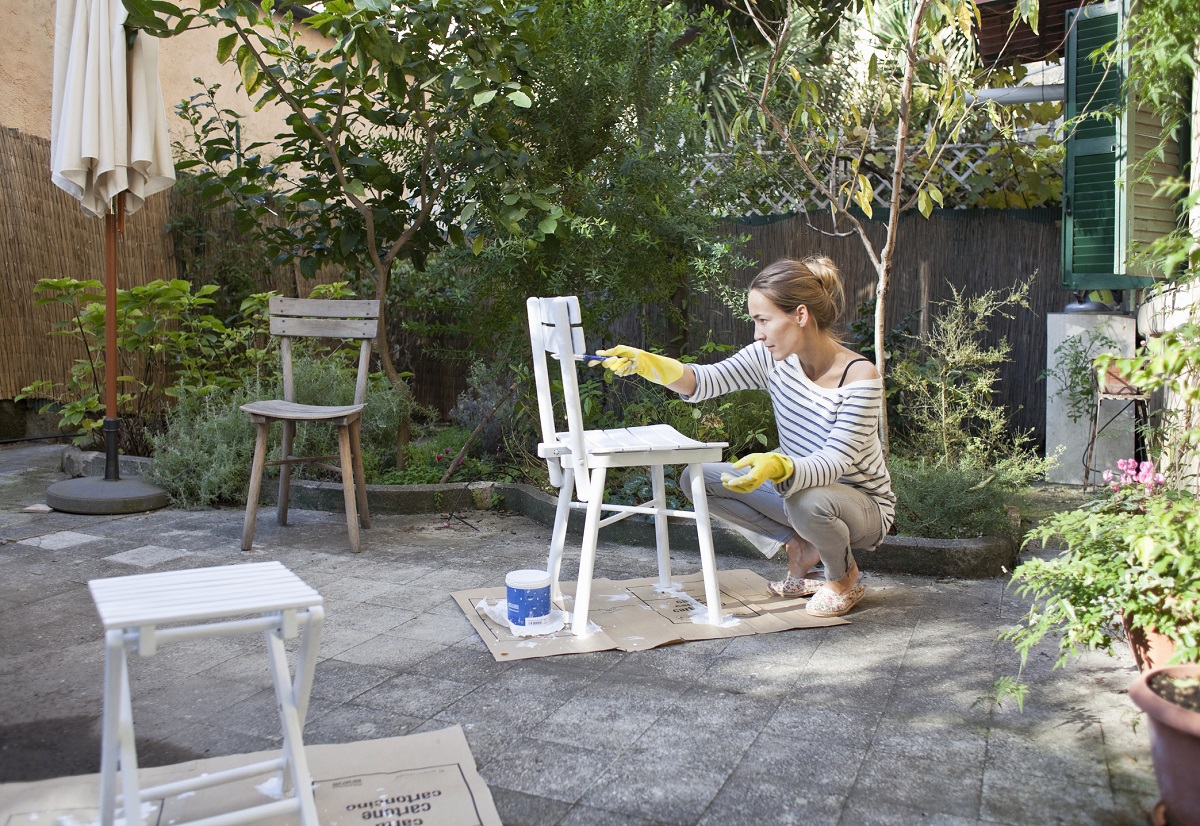

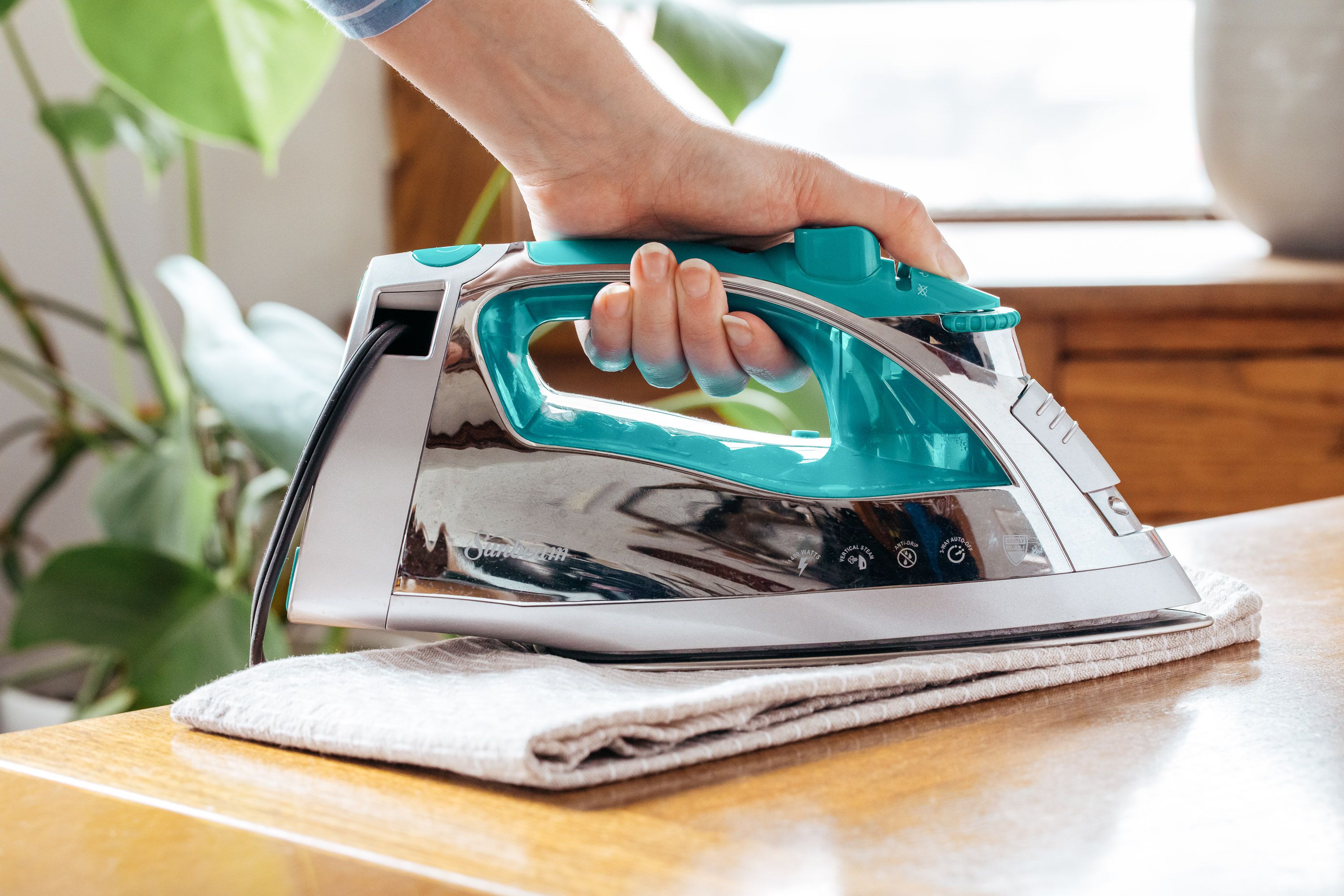
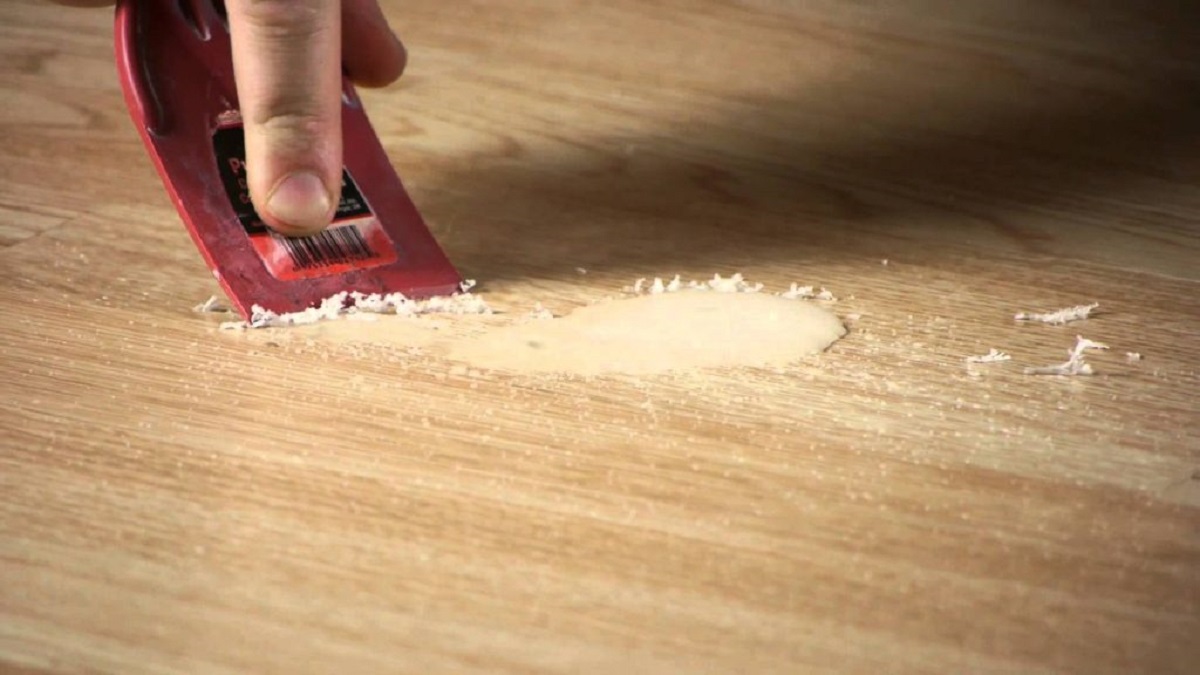

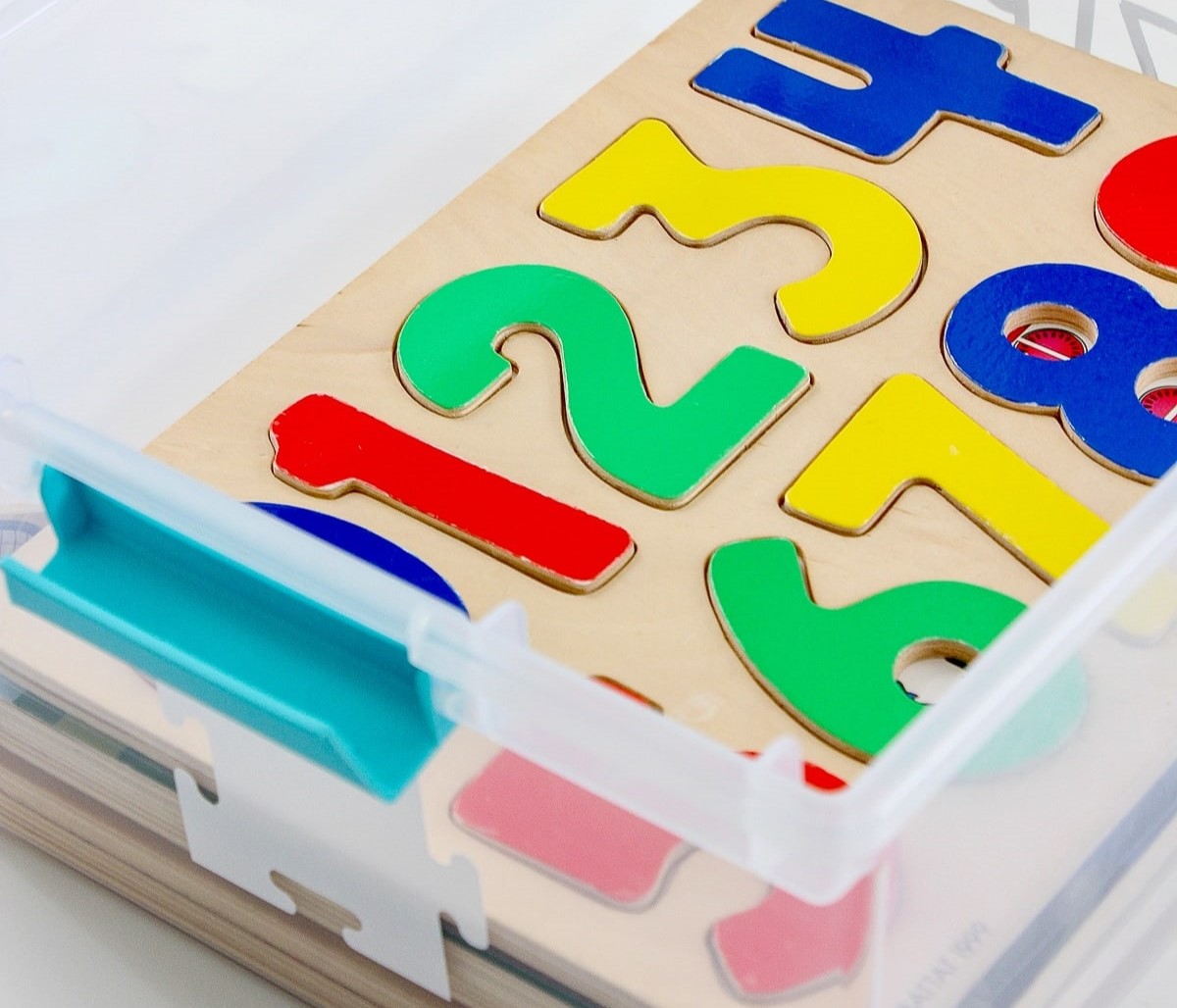
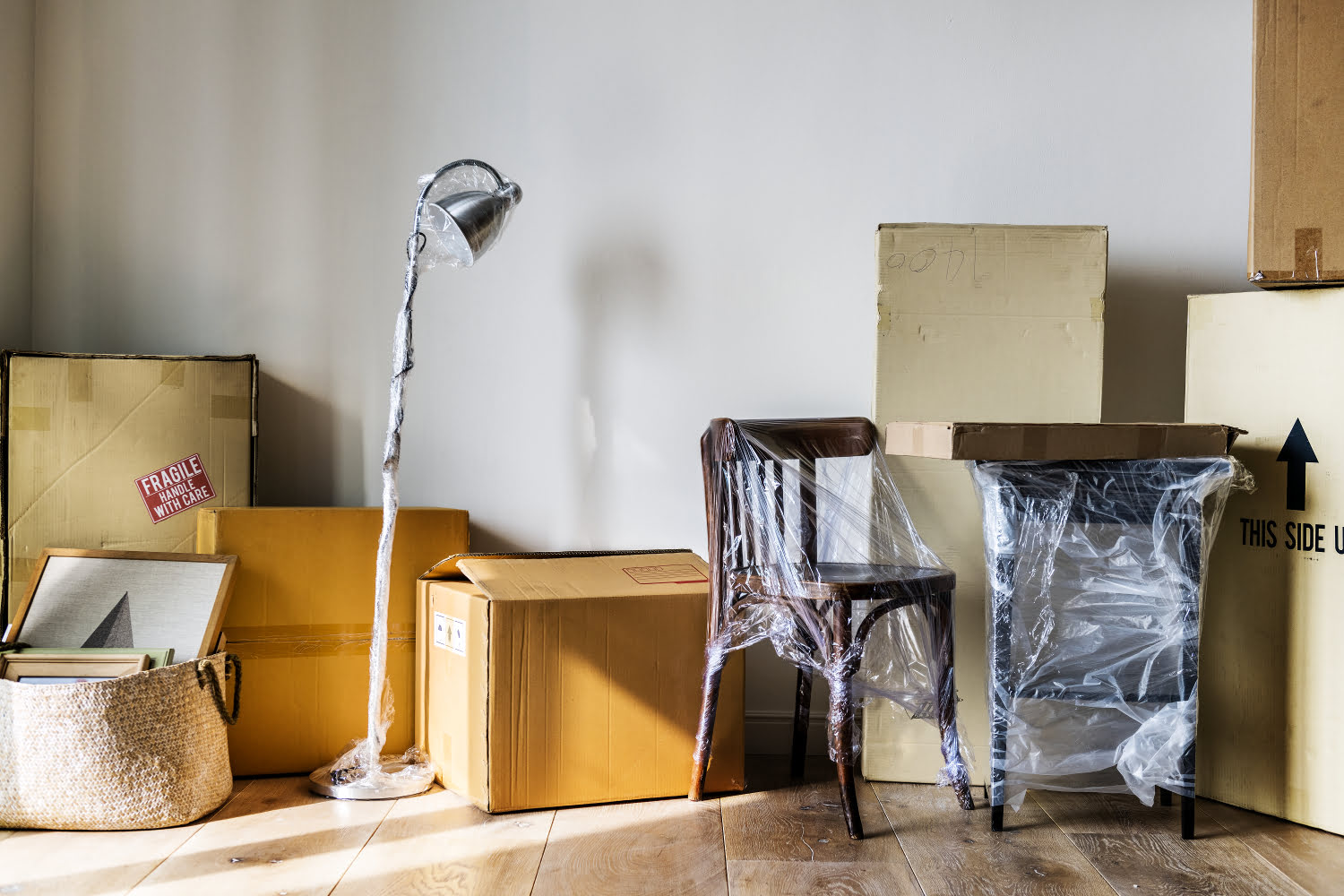
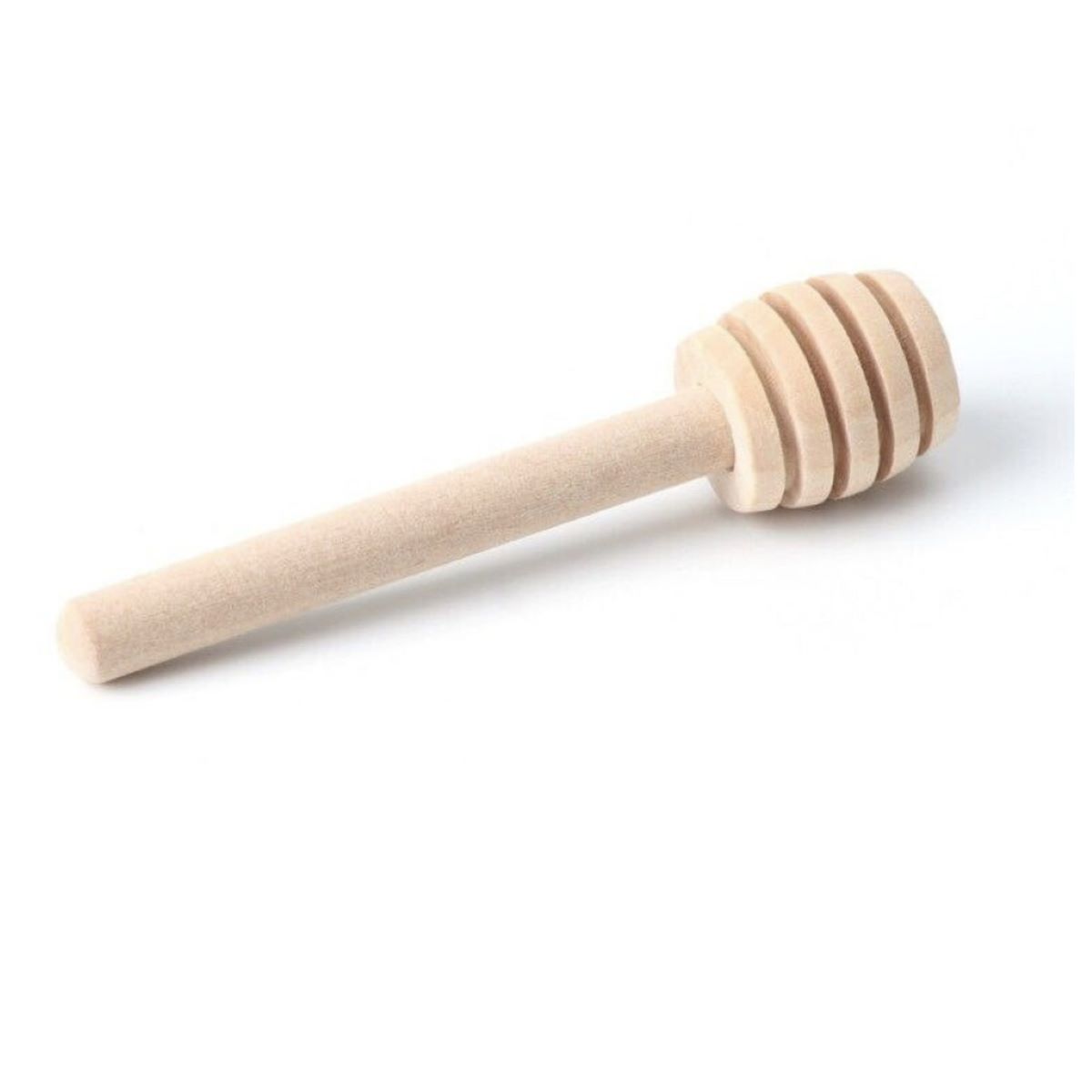
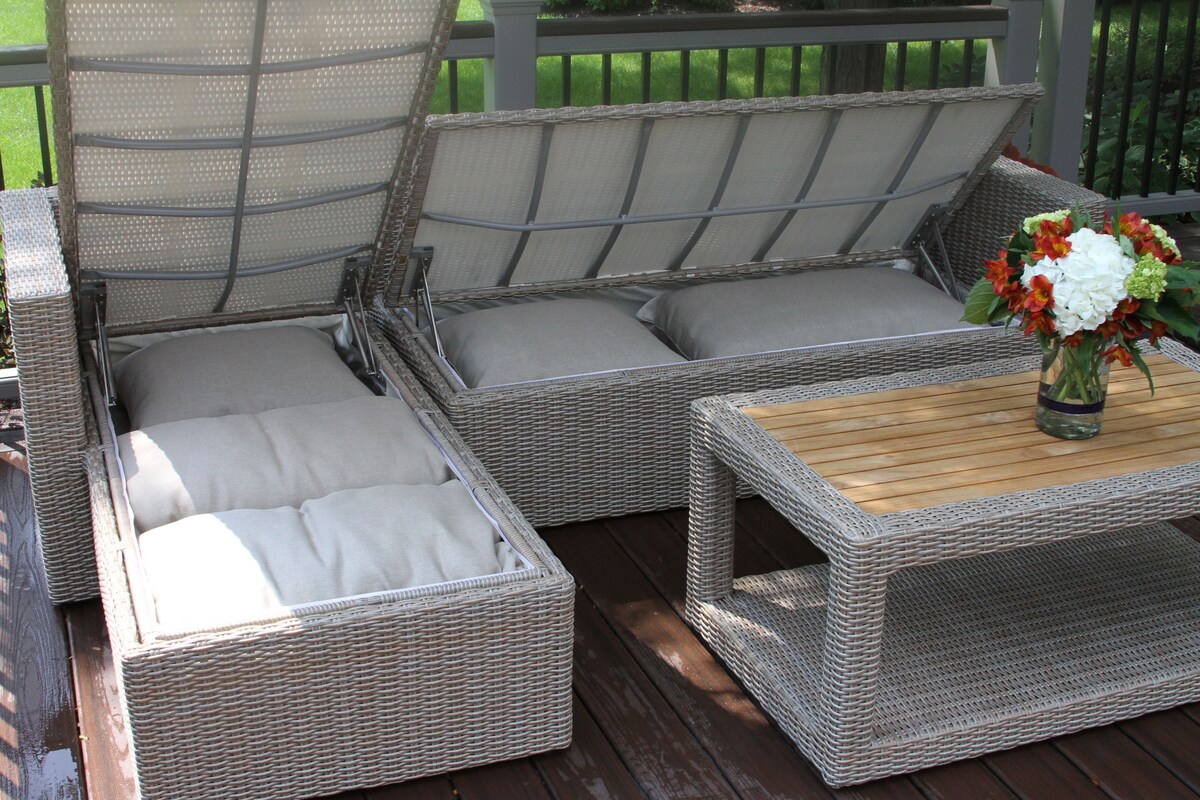
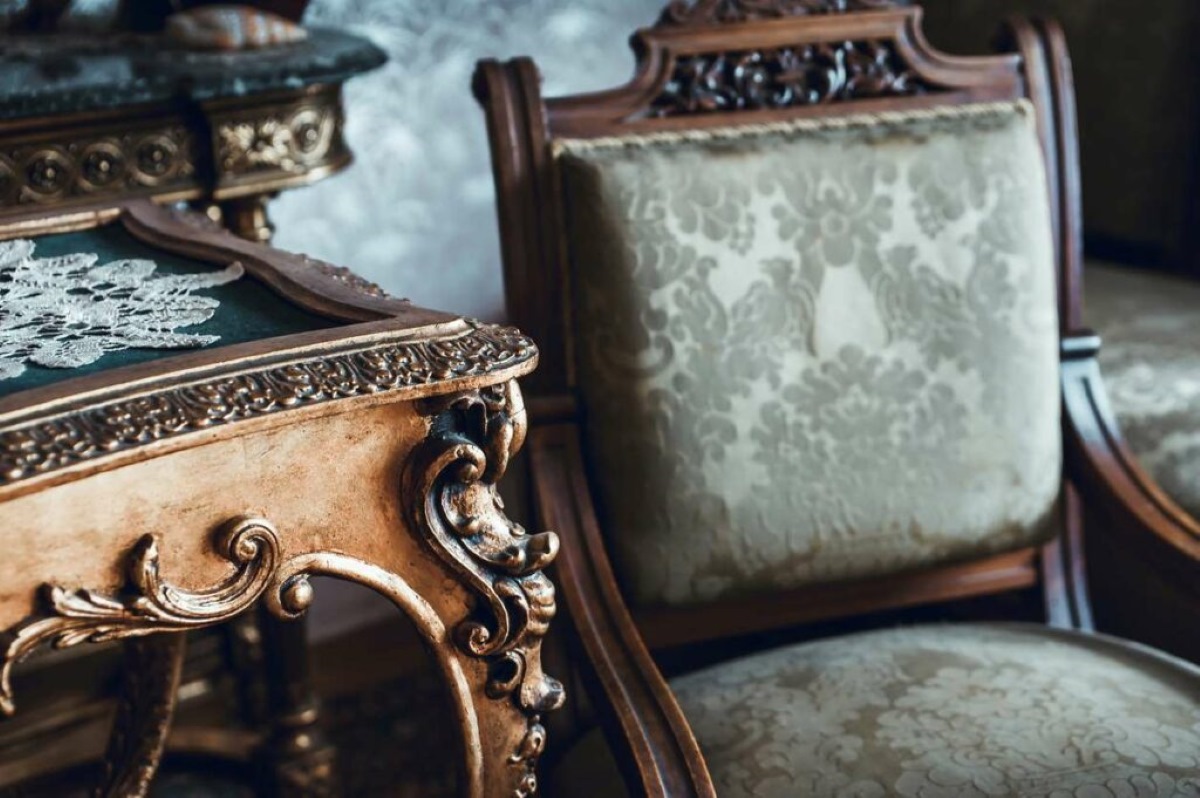
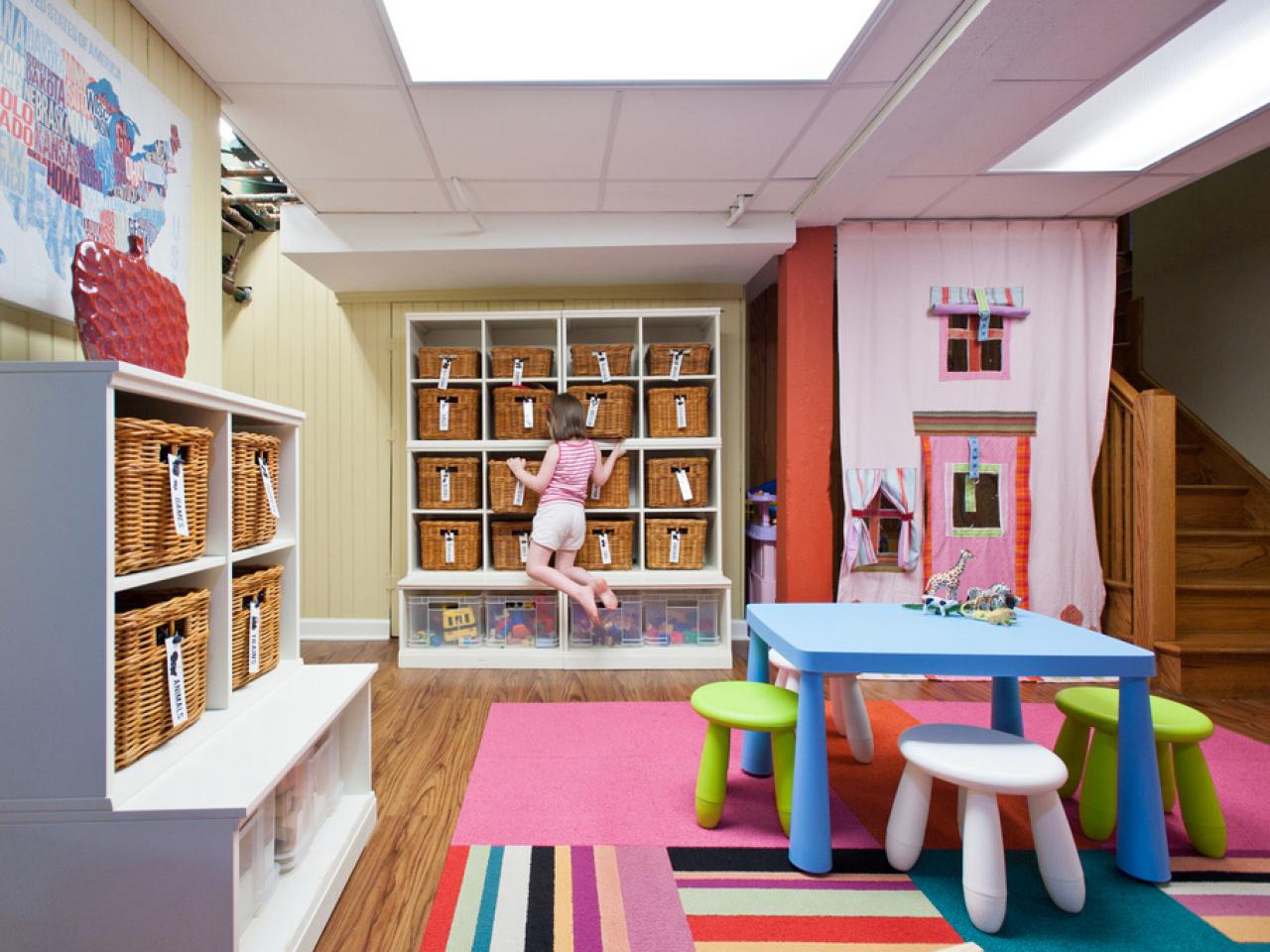
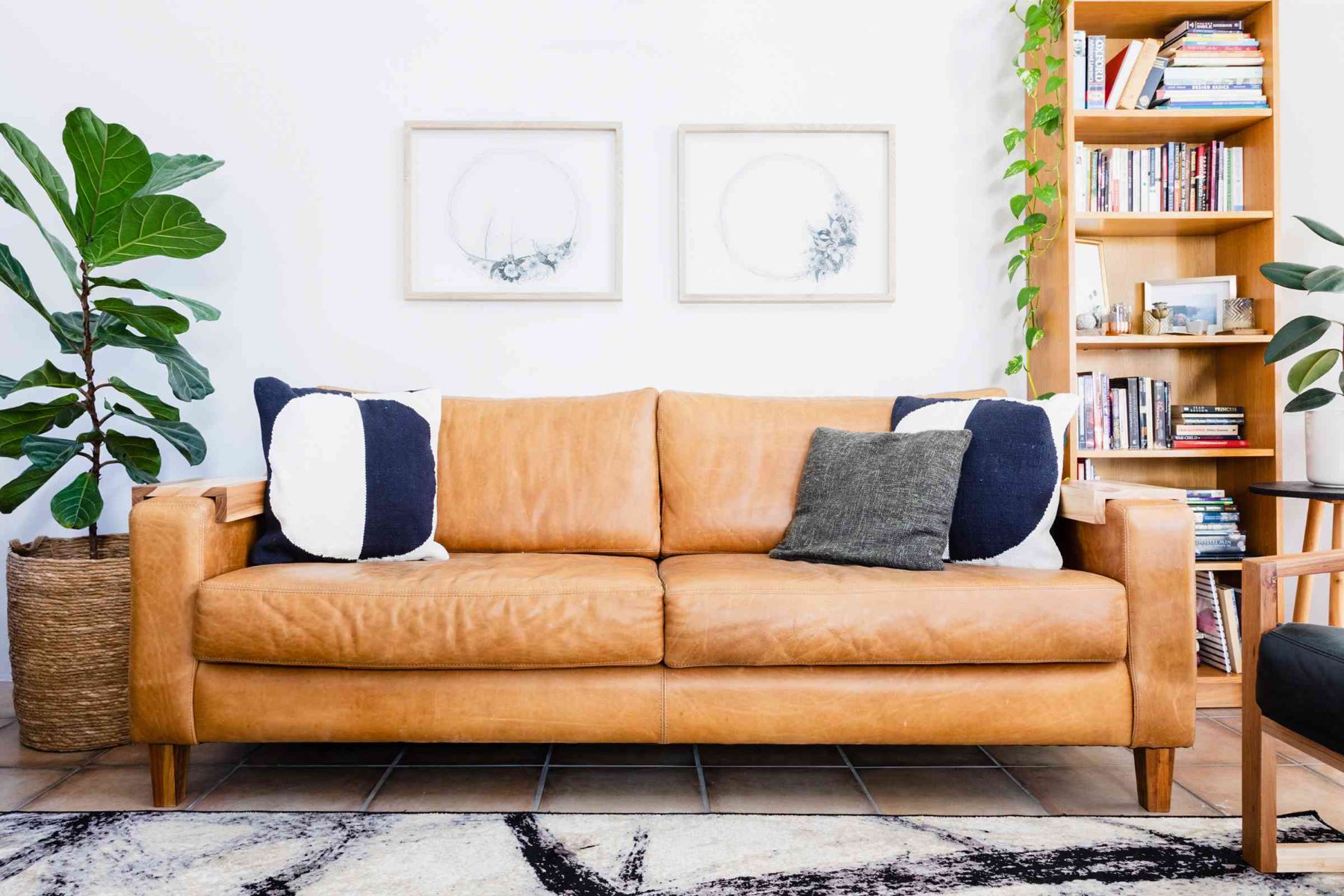
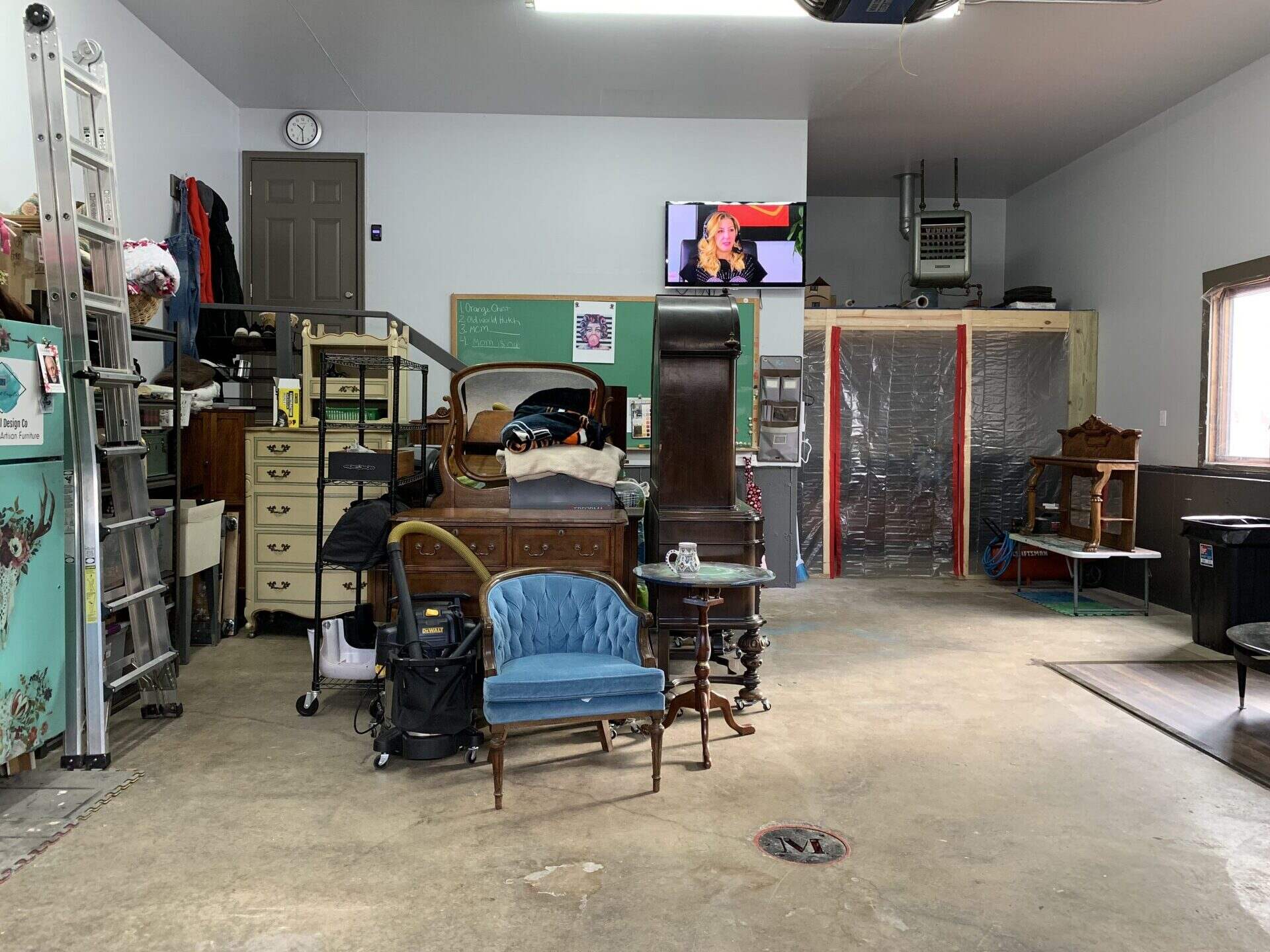

0 thoughts on “How To Store Wooden Furniture”